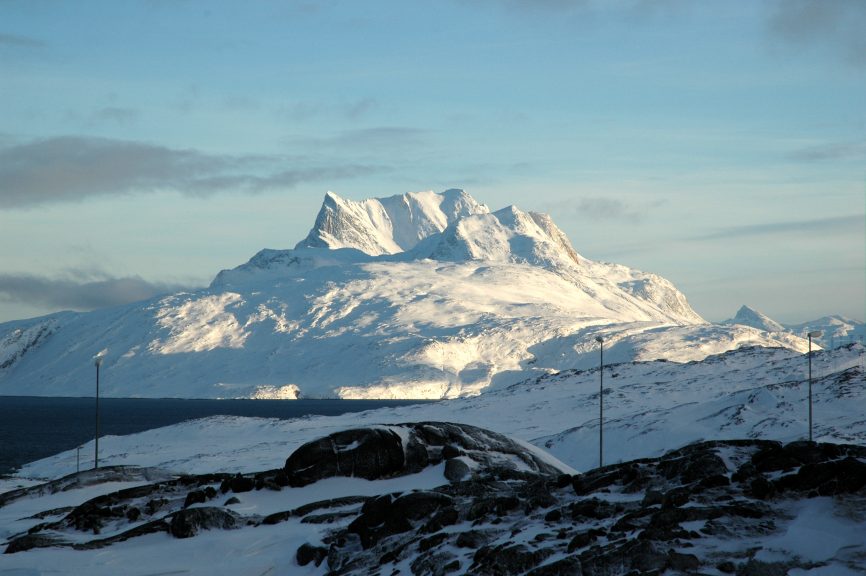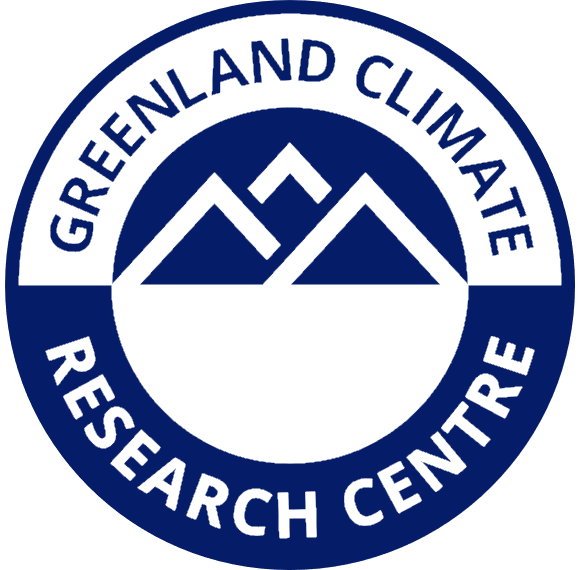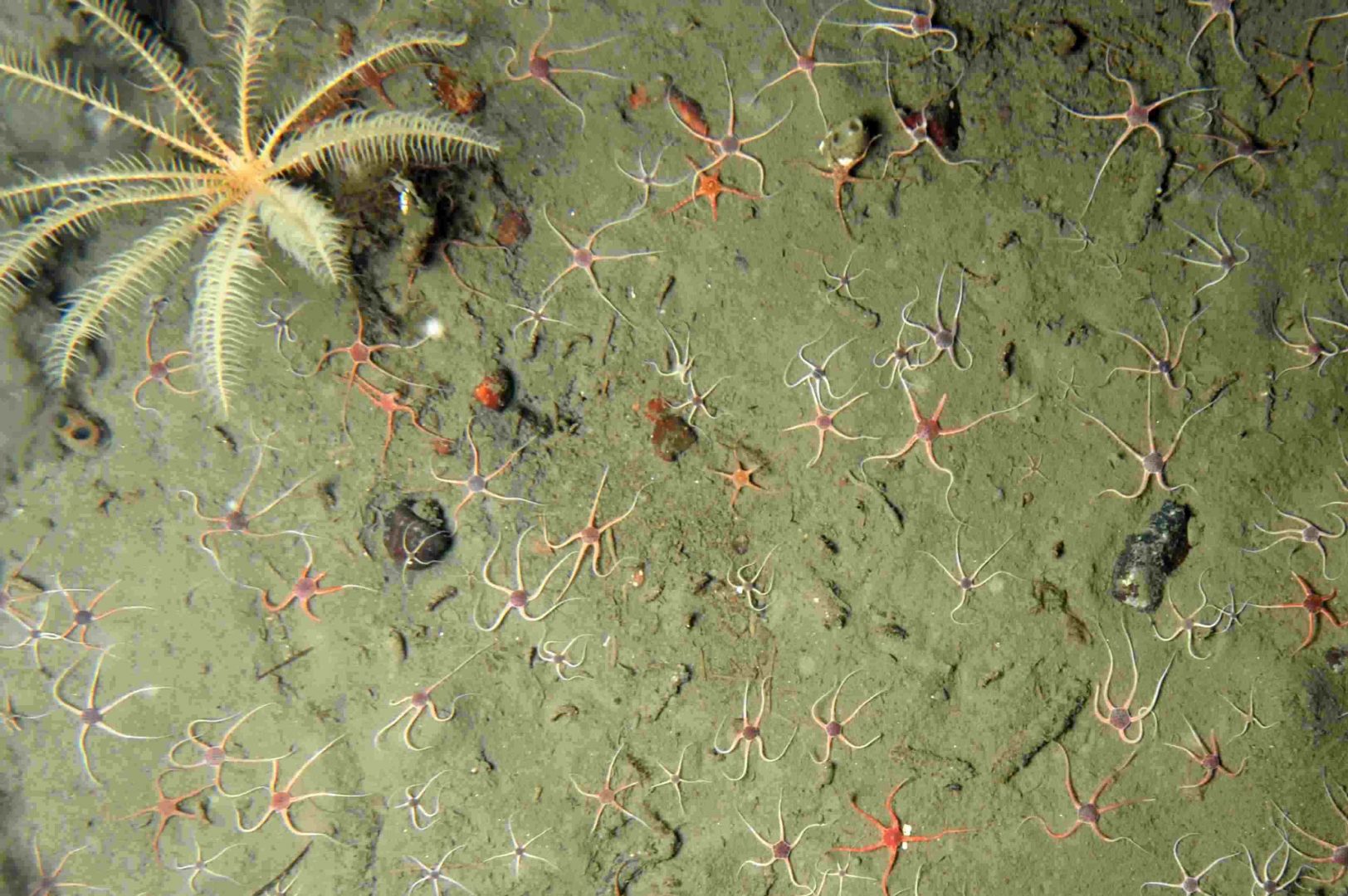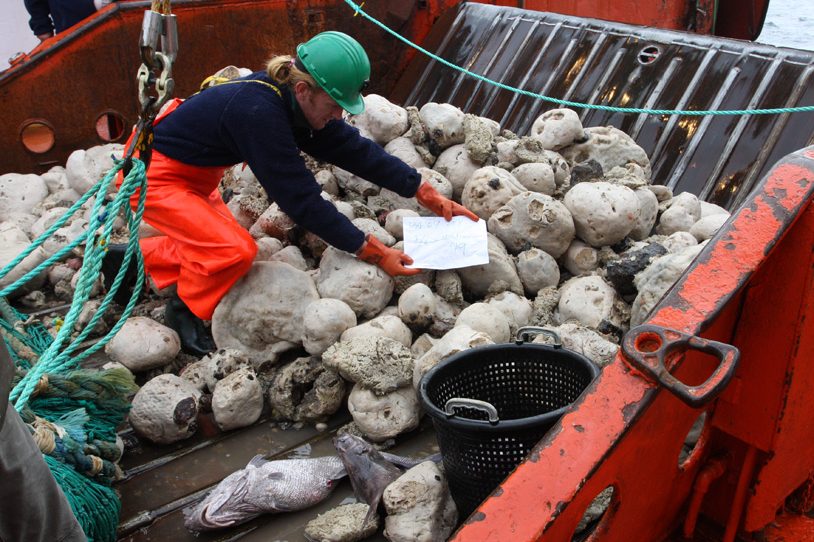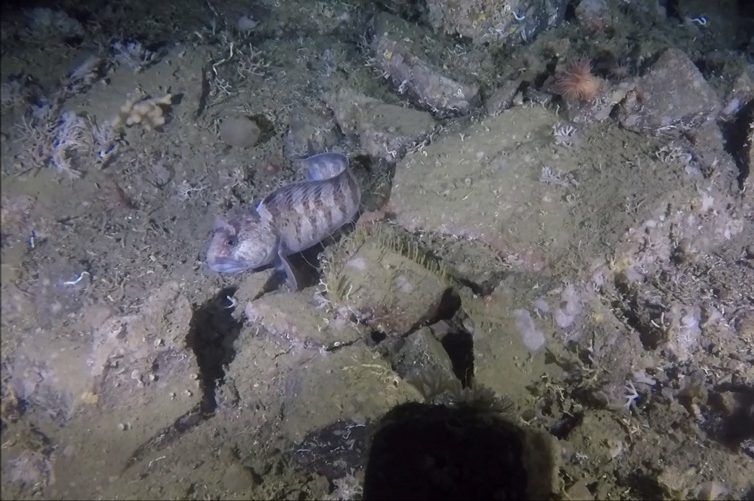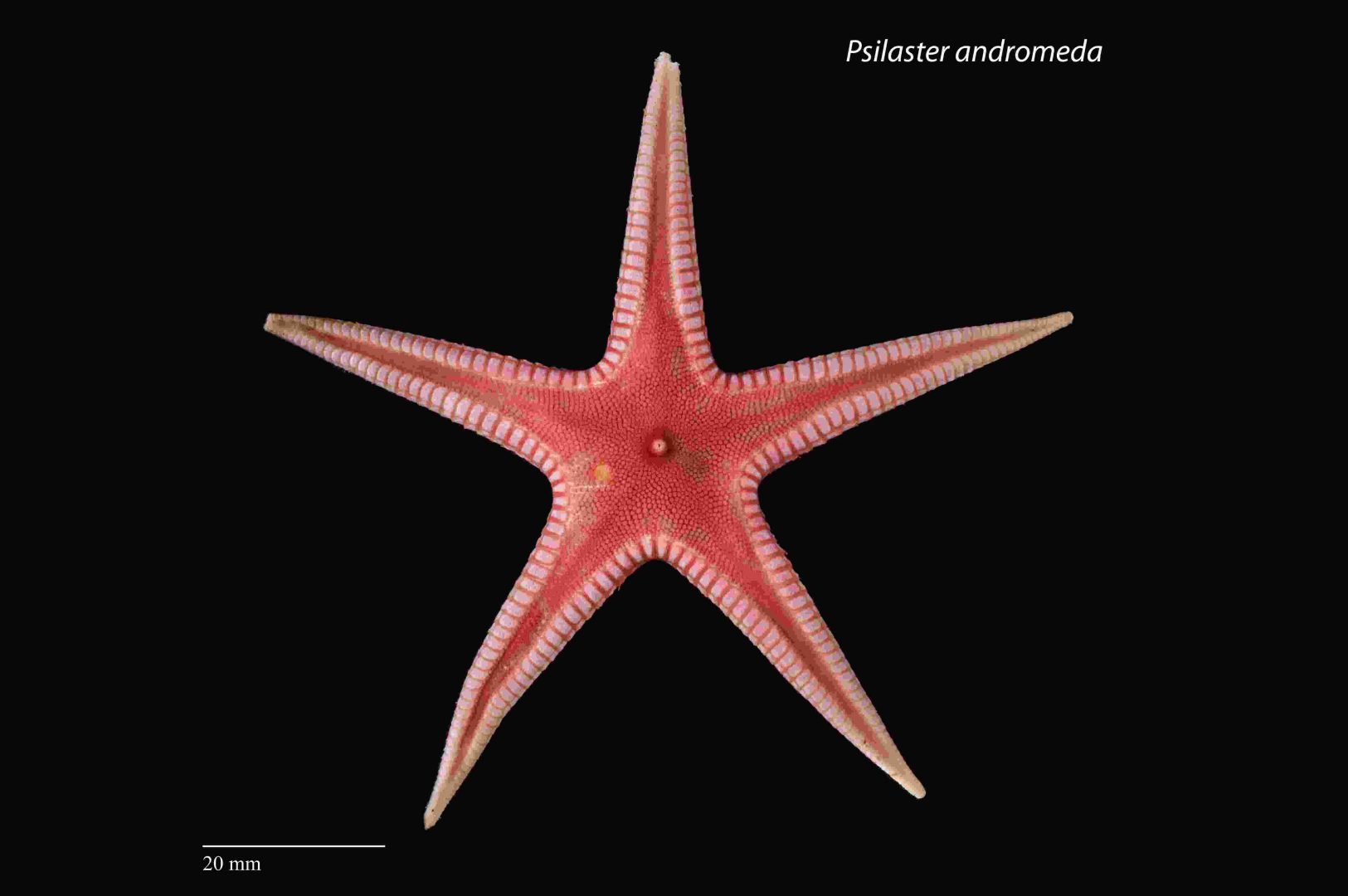About the program
The seabed around Greenland provides a food source and habitat for the most economically valuable of our living marine resources. Moreover, it houses a unique diversity with more than 2,000 registered invertebrate and fish species, represented in a range of different communities from the sub-Arctic to the high Arctic, from coastal waters to deep water, and from rocky to soft bottom types. This habitat richness is essential for the function of the marine ecosystem on small and large scales. However, we know little about the spatial distribution of the habitats in Greenland, their functional role and their natural variation. This makes it difficult to assess the potential consequences of human activities, e.g. pollution, trawling and oil exploration, as well as the consequences of climate change, including ocean warming and acidification, sea ice reduction and invasive species. Benthic monitoring studies are much needed to facilitate knowledge-based habitat management. Since 2014, we have used a range of different sampling approaches to produce information about the physical and biological properties of seabed habitats as part of an overall strategy for long-term and large-scale benthic monitoring in Greenlandic waters.
